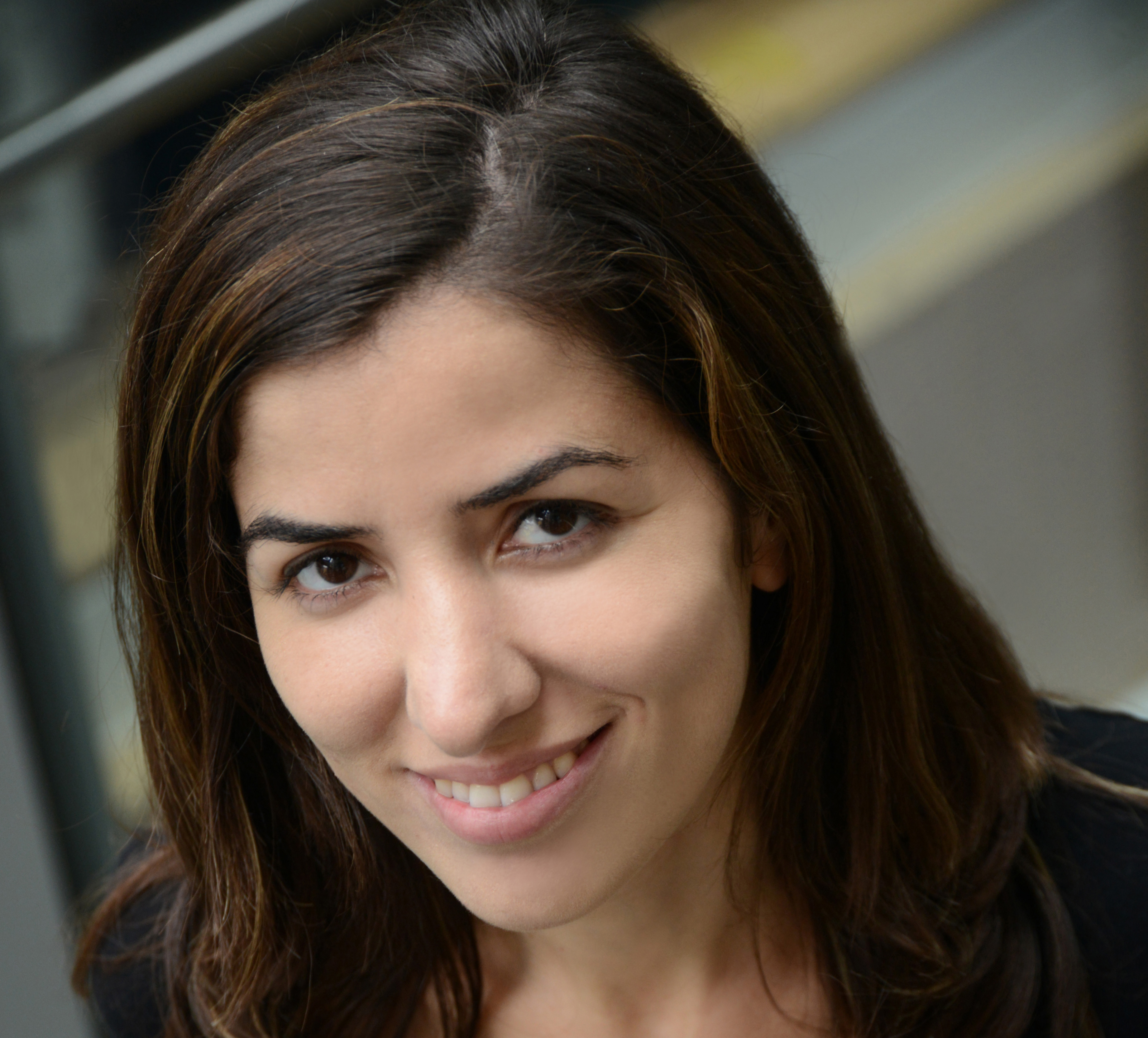Unlocking coronavirus' secrets through cellphone data and social media

Dr. Paula Moraga is part of a multidisciplinary KAUST research team that applies models to COVID-19. She has worked on projects examining malaria in Africa and leptospirosis in Brazil, and the models she develops rely on in-depth knowledge about each disease.
"With malaria, for example, we know that it's transmitted by mosquitoes," said Moraga. "So, if some regions have a high density of mosquitoes, are close to bodies of water or have a lot of humidity, we know that we are going to probably see a high risk of this disease."
Into the unknown
In many places, malaria and leptospirosis transmission is also seasonal, peaking after the rainy season. COVID-19 is different.
"We don't know much about it; we don't know if it is affected by temperature [or] humidity [or] if it has seasonal patterns—so we cannot use this information in the model," Moraga noted. "But we know that this is a disease transmitted through close contact with infected persons or contaminated surfaces, so if people come into contact, their probability of infection will be higher."
This is where mobility data can provide valuable insights.
"We have been in contact with cellphone companies who can provide us with data about a population's movement in a region," she explained. "We can then include this information in the model to predict the number of cases in the following days and weeks and to plan the resources we are going to need, including number of beds, ventilators and medical staff."
"This information is very sensitive and we respect people's privacy," Moraga continued. "So, while the cellphone companies have exact coordinates of the movement, we will get aggregated data only."
Our digital footprints
Moraga is currently a lecturer in statistics at the University of Bath in the U.K., but she will join KAUST in September as an assistant professor of statistics.
Her work to understand the spatial and spatio-temporal patterns of disease also draws on digital data, and this is crucial in the fight against COVID-19.
Although traditional surveillance systems have their place, they have a limitation: time. From the point that a person gets the disease, goes to the doctor and does required laboratory tests and that information enters the system, the process may take several weeks.
"This information is not useful for taking action in real time," Moraga said. "But we now have access to digital data—for example, Google searches, where people search about treatment of the condition, or social media, where people speak about their symptoms. This information is not produced for epidemiological research, but we can use it to understand disease activity levels in real time."
Knowledge is power
The multidisciplinary KAUST research team includes Professors Carlos Duarte, Arnab Pain, Hernando Ombao, Xin Gao, David Ketcheson and Xiangliang Zhang.
The ultimate aim is to create a dashboard that shows several indicators linked to coronavirus at the global level, including numbers of confirmed cases, deaths and recovered cases and also information about healthcare—the number of health facilities and number of beds and ventilators. Some of the outputs of the models in development forecast the number of cases and help to allocate resources in the best way.
"This dashboard will be accessible to public health authorities [and] also to the general public," added Moraga. "Public health authorities will be able to see how their regions are doing and how they need to plan their response to this epidemic, while the general public will get a sense of what is the real situation of the disease. They will be able to modify their behavior and take measures to protect themselves."

